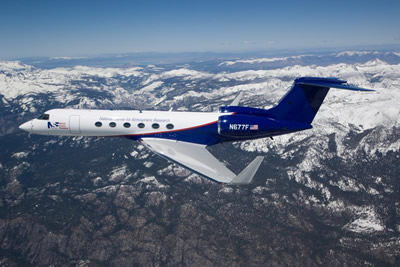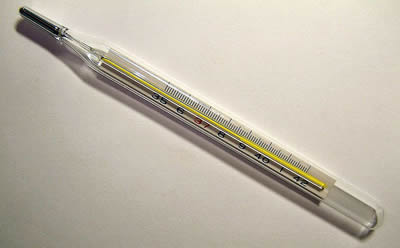Click on image for full size
Image courtesy of NOAA
Anemometer
An anemometer is a weather instrument used to measure the wind (it can also be called a wind gauge). Anemometers can measure wind speed, wind direction, and other information like the largest gust of wind during a particular amount of time. These instruments can be used in a backyard weather station or on a well-equipped scientific research vehicle.
Before there was a standard way to measure the wind, people used phrases like "strong wind" or "soft wind" to describe the wind, but a standard description didn't exist. In 1806, Sir Francis Beaufort of the British Navy made the first formal measurements of the effects of wind. He listed descriptions of the state of the sea related to wind - wave heights, roughness, whitecaps, etc, that sea captains could use to decide the strength of the wind. This information became the Beaufort Scale. Later, Beaufort developed a similar table for describing wind on land. In the 1970s, Dr. Theodore Fujita of the University of Chicago expanded the Beaufort Scale to cover the extremely high winds found in tornadoes and severe hurricanes. This is called the Enhanced Fujita Scale. These wind scales can make surprisingly good estimates of wind speed.
Trees are also fairly accurate indicators of wind speed, and scales often list information related to trees when describing the wind. For example, with a calm wind leaves on a tree don't move, with a moderate breeze the small branches move, and with a strong gale whole branches break off trees.
There are different types of anemometers, including cup anemometers, windmill anemometers, hot-wire anemometers, laser Doppler anemometers, and sonic anemometers. Cup anemometers, like the one in the image on this page, are made of cups that catch the wind and make the central shaft spin. The number of times it rotates every minute gives the wind speed. The number of rotations is recorded by a small counter at the base of the shaft.














